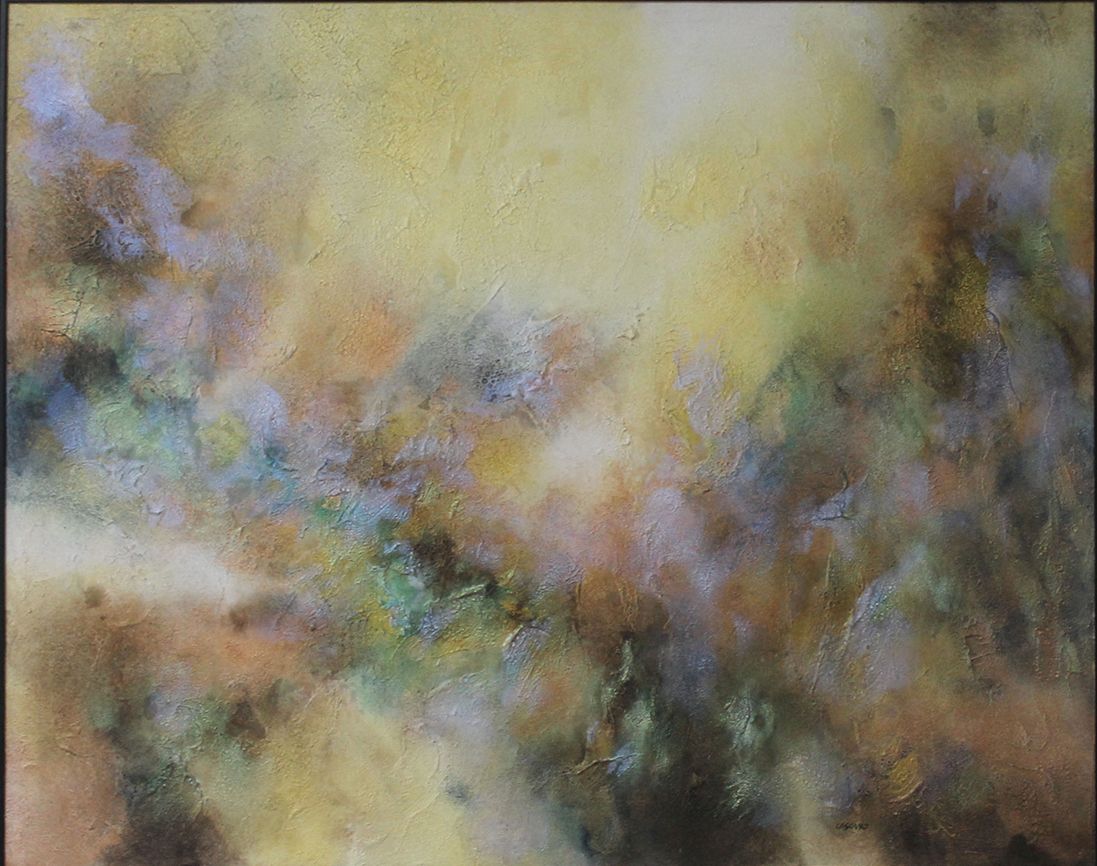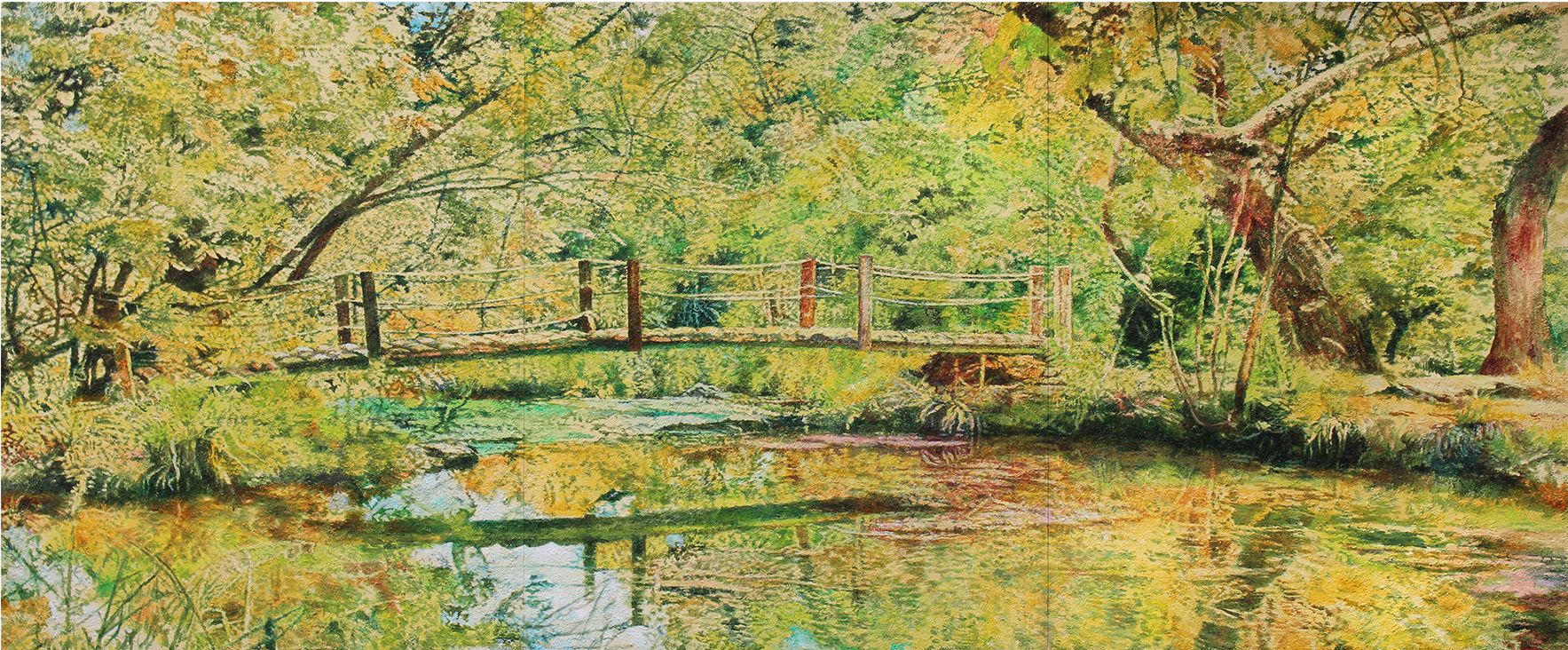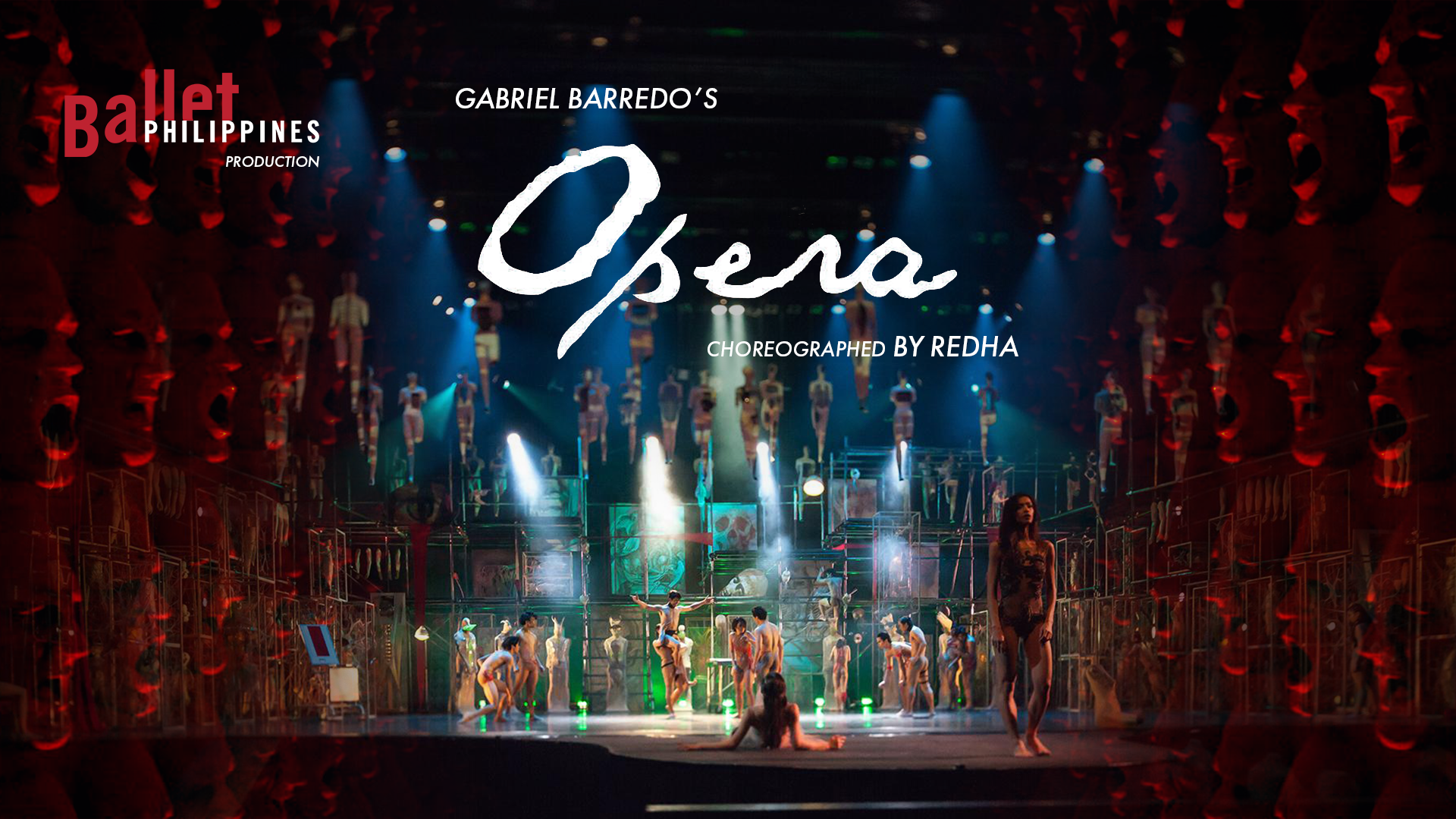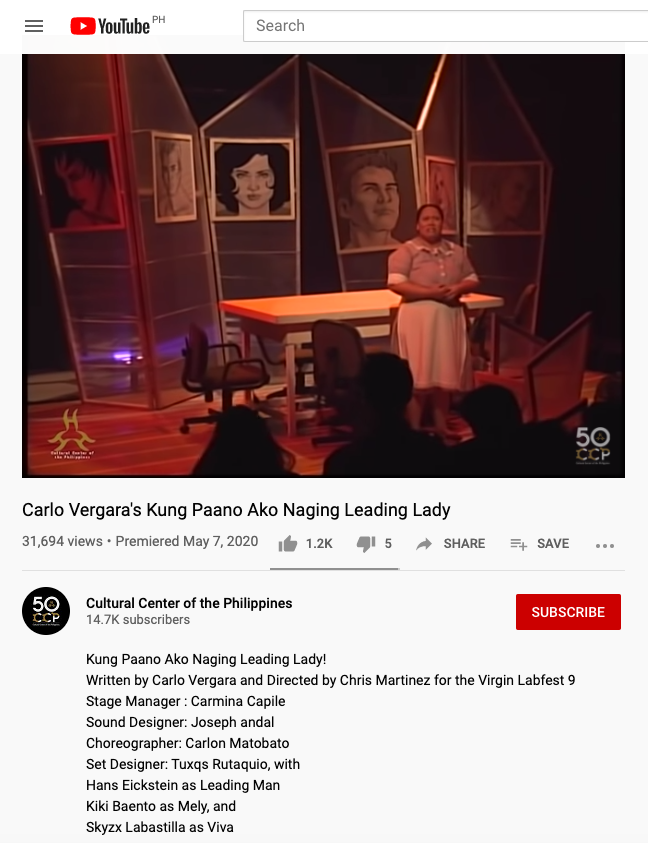The ongoing pandemic has challenged art as we view it. Can it survive without a live audience? Prominent names in the sector are optimistic that it will
When the world stopped because of Covid-19, activities that catered to a live audience were compromised. Most affected was the arts, be it performing or visual. But such a creative field found ways to show their art and reach their audience confined at home. Museums and galleries began offering virtual and audio tours and opened their exhibitions via digital meeting rooms. Ballet and theatre companies made available archival footages of ballet performances, stage plays, musicals, films and concerts; they also used the digital medium to conduct workshops, seminars and talk shows.
See also: 10 Museums We Recommend You Visit (Using Virtual Reality)
“We are preparing to launch Art in the Park 2020 online from August 10-17,” Art Fair Philippines co-founder Trickie Colayco-Lopa announces. Since most of their colleagues in the visual arts ecosystem have gone digital, Lopa hopes that the online version of the art event will continue to raise funds for the Museum Foundation of the Philippines. “We are trying to do what we can to support Filipino visual artists at this difficult time,” she says. Whether Art Fair Philippines can be held next year on its traditional month of February, remains uncertain.

For the performance arts, the chairperson of the Cultural Centre of the Philippines (CCP), Margie Moran-Floirendo, shares that the pandemic situation fast-tracked the implementation of the institution’s pending transition plan to an online platform. “We have started collaborating with Virgin Labfest [VLF] in launching last June 10 live virtual performances on CCP’s and VLF’s Facebook accounts. We have partnered with Vimeo, so people can watch all shows with behind-the-scenes footage, talkbacks, et cetera,” Floirendo says. CCP has also held an online concert and has uploaded archival footage of past performances of its resident companies. The Cinemalaya Independent Film Festival 2020 is premiering via online streaming this month.
See also: Your Access Pass For August 2020: Digital Plays, Musicals, Workshops And More









